If you’ve ever been to a Nigerian party and didn’t spot rice on the menu, think again: you probably walked into the wrong event. Different Nigerian rice recipes for various occasions showcase the flavors that make every gathering unforgettable. From smoky jollof rice to vibrant fried rice, Nigerians don’t just serve rice; we use it to celebrate milestones. Each dish is more than food, it’s a tradition, a memory, and a joyful reminder that every occasion truly matters.
I could remember going to a wedding party with my grandmother. Before the rice dishes could be served up to our guest table, it was finished and we were faced with soups and swallows. I cried a river while telling my grandma to take me back home .
Across the country, families gather around bowls of steaming rice during weddings, birthdays, Christmas, and even casual Sunday lunches. Whether it’s party rice in Nigeria that steals the spotlight, or traditional rice meals like Ofada and Tuwo Shinkafa that carry cultural pride, each dish tells a story. And the best part? These recipes are as diverse as the people cooking them.
So, if you are curious about why African rice recipes remain the heartbeat of Nigerian celebrations, buckle up.
We’re about to explore the delicious world of rice: where every grain has a purpose and every occasion has its own flavor.
Nigerian Jollof Rice Recipe (The Show Stopper )
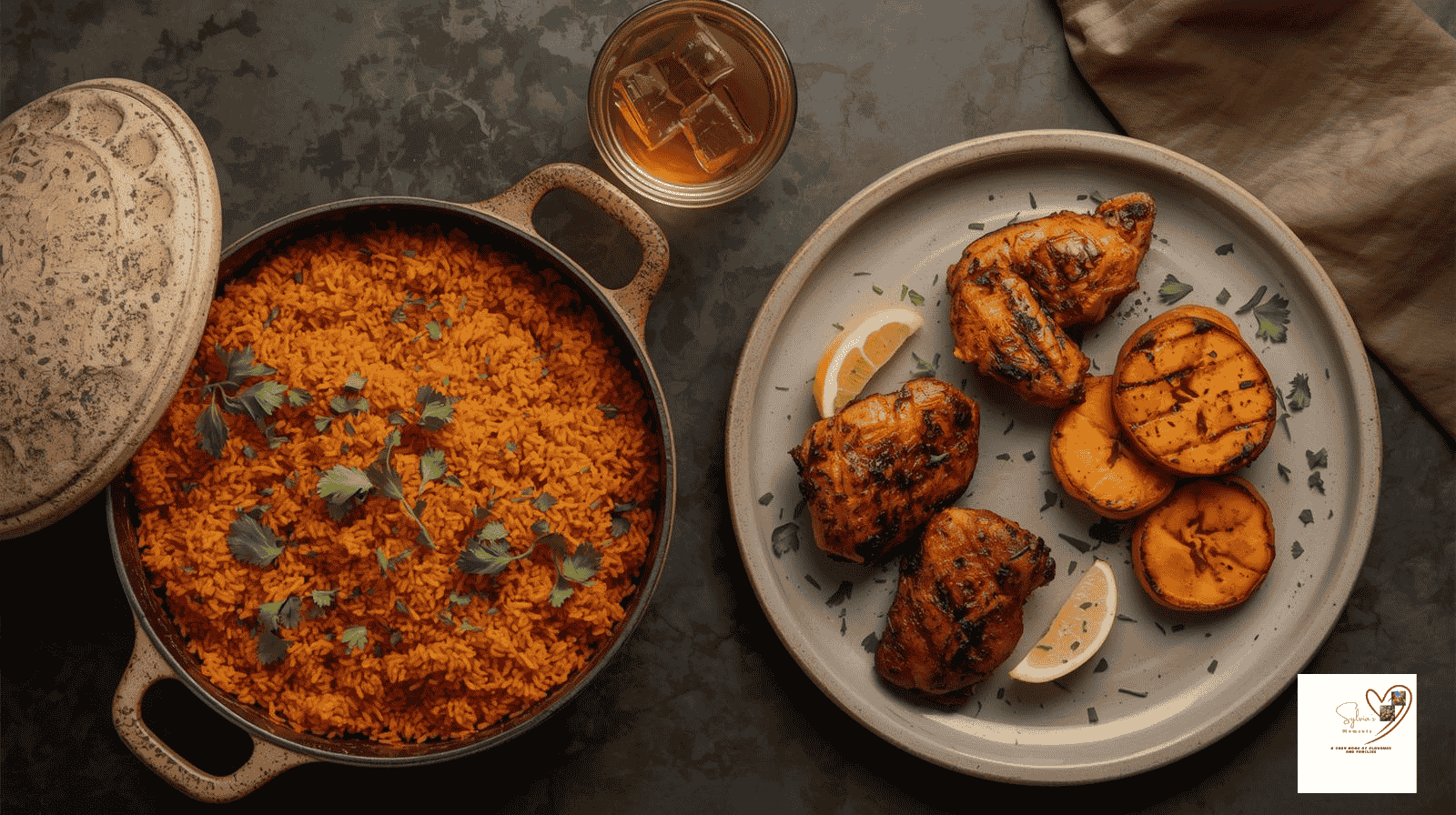
Let’s be honest: Various Nigerian Rice Recipes For Different Occasions feels incomplete without a pot of smoky Jollof rice.
This dish is not just food; it’s a statement, a cultural anthem, and the undisputed showstopper of every party. Walk into any Nigerian wedding, birthday, or Christmas gathering, and you will see it commanding attention at the buffet table, glowing in that rich orange-red sauce.
What makes Nigerian Jollof rice stand out
The unforgettable smoky flavor!.
That charred taste comes from the final magic step letting the firewood cooked rice steam at the bottom of the pot until it slightly burns.
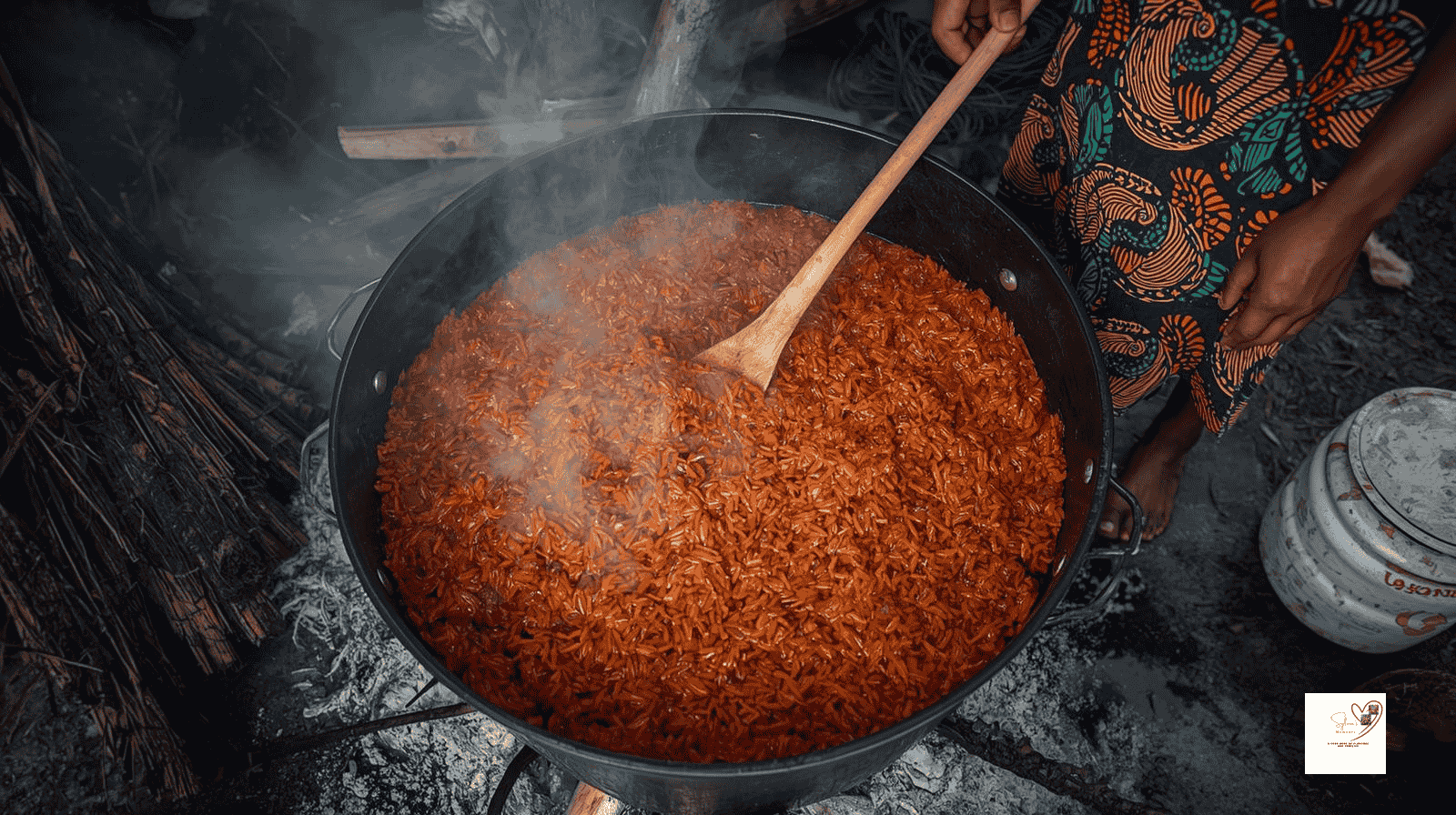
Abroad, food lovers keep hunting for alternative ways to recreate this signature flavor, from oven-baked versions to smoked paprika hacks. Yet, nothing quite matches the real, firewood-style Jollof cooked back home.
Children, on the other hand, need no explanation. They can eat Jollof rice every single day without complaint. Give a child a plate of smoky Jollof, and watch them ignore every other dish on the table. Forget vegetables, forget soup, they want Jollof, and they want it forever. Parents know this struggle too well; you could cook ten different meals in a week, but your kids will still ask, “Where is the Jollof?”
Beyond its irresistible taste, Jollof carries a sense of togetherness. Friends laugh louder, music sounds sweeter, and parties last longer when plates of smoky Jollof keep rolling out. dish doesn’t just fill stomachs; it fuels memories, conversations, and joy.
2. Nigerian Fried Rice Recipe (Wedding Favorite)
Nigerian Fried Rice is not shy. It shows up at weddings dressed in green, yellow, and orange; thanks to fresh veggies. It sits proudly beside grilled chicken or fried meat smiling like it owns the party. And honestly, it does.
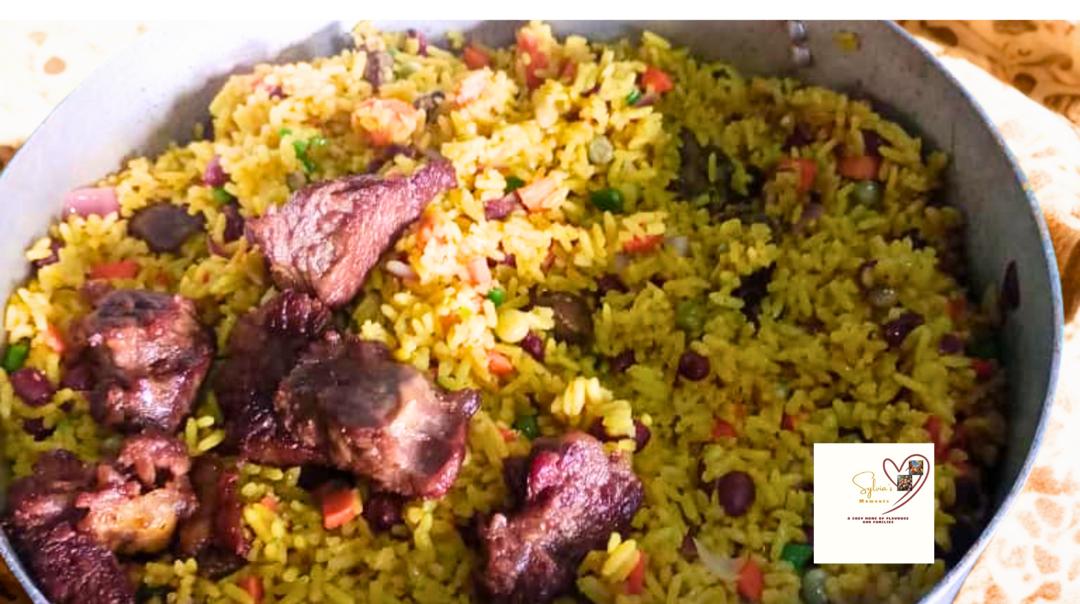
Now, here’s the funny part. Picture this: you go to a wedding, plate in hand, ready for various Nigerian rice recipes for different occasions especially Jollof . Suddenly, Fried Rice winks at you. You try to resist, but the colors pull you in. Before you know it, half your plate is green-speckled rice, and Jollof is sulking in the corner.
The magic is in the flavor. First, the rice soaks up seasoned stock.
Then, it dances with diced carrots, peas, sweet corn, and sometimes shrimp or liver. Finally, it hits the fire, sizzling until every spoonful bursts with taste.

Children love it because it feels playful. Adults love it because it feels premium. And everyone loves it because it feels like celebration on a plate.
But here’s the truth: Fried Rice is not everyday rice. It demands attention, ingredients, and patience. That’s why it shines brighter at weddings and big events. It tells guests, “This is not your usual Sunday lunch. This is special.”
Nigerian Coconut Rice Recipe (Family Gathering Delight)
Nigerian Coconut Rice is not just food. It’s comfort on a plate. It’s creamy. It’s rich. And it tastes like home.
Fresh coconut milk is the magic.. The rice soaks up that creamy goodness until every grain feels alive. Then come the spices, onions, and a touch of pepper. Suddenly, the aroma fills the air, and your stomach starts to sing.
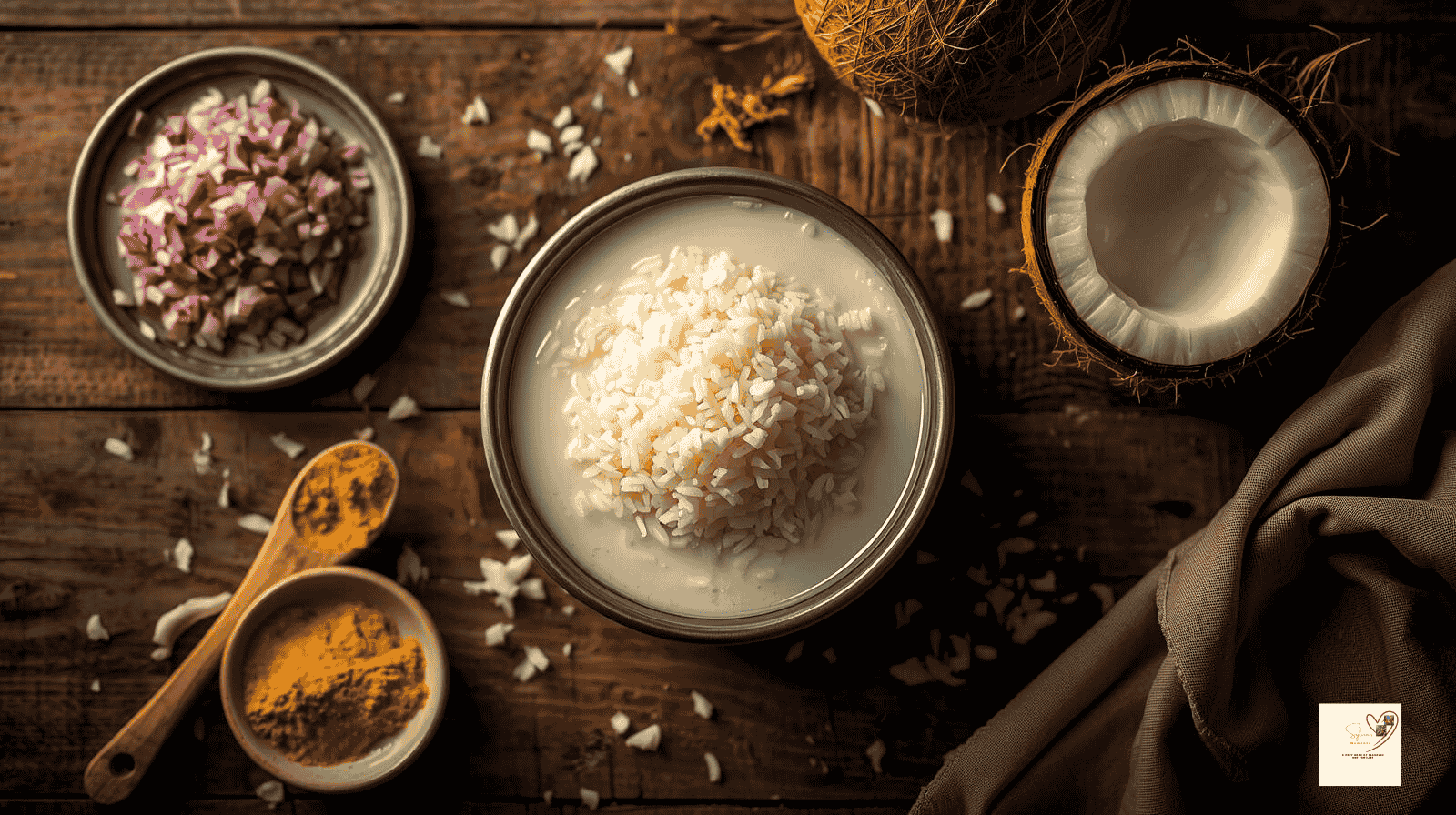
Now picture this story. A family gathers on a Sunday afternoon. Mama is in the kitchen, stirring coconut rice in a big pot. The children keep sneaking in, asking, “Is it ready?” She laughs, knowing they’ll finish the pot before evening. By the time the dish hits the table, it’s more than rice: it’s memory, love, and laughter served together.
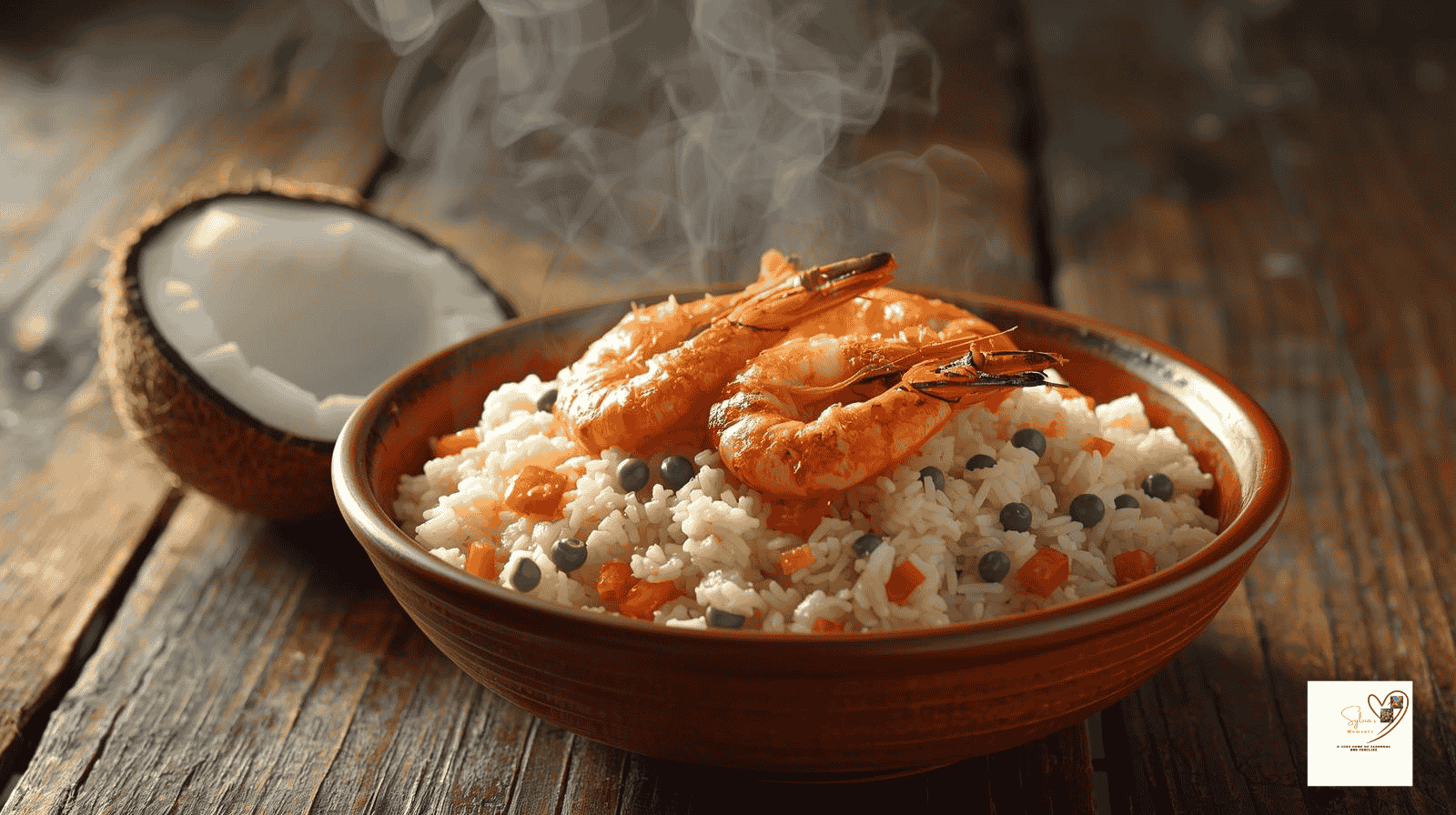
But here’s the twist. Coconut rice doesn’t walk alone. Pair it with fried fish or grilled prawns, and you have a masterpiece. Add a side of plantains, and the crowd goes wild. This is why Nigerian coconut rice with prawn has become a family-gathering favorite.
It’s festive yet simple. It’s indulgent yet comforting.
Even abroad, food lovers search for the perfect coconut rice Nigerian recipe. Some use canned coconut milk. Others try powdered versions. Still, nothing beats cracking open fresh coconuts and letting nature do the talking.
That is the power of Nigerian Coconut Rice. Creamy. Colorful. Unforgettable.
Palm Oil Rice: The Budget-Friendly Comfort Dish
Palm Oil Rice, also called Native Jollof or Concoction Rice, is that dish you cook when you want flavor without breaking the bank. It’s rustic. It’s bold. And it’s proudly Nigerian.
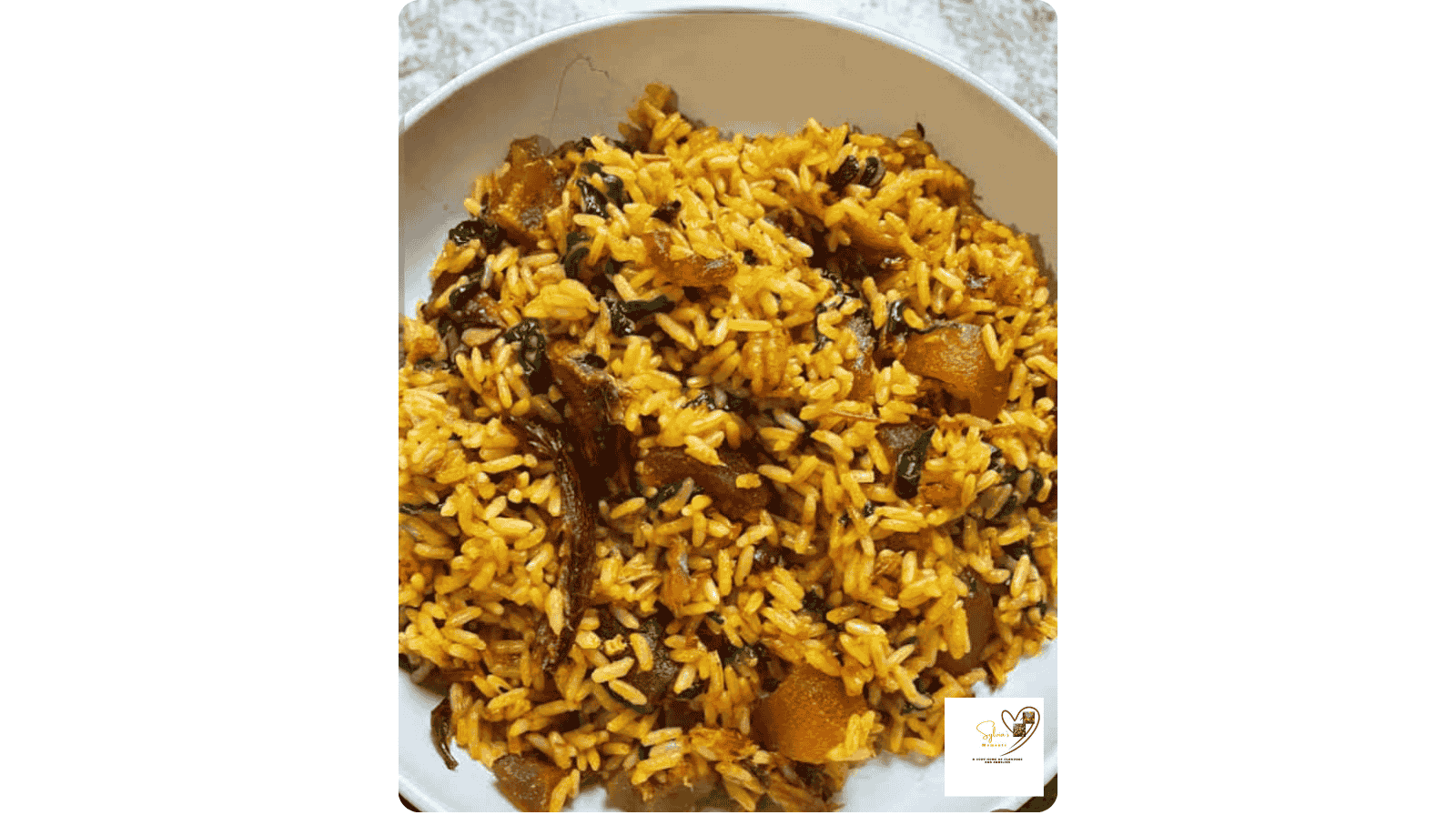
The recipe keeps things simple. You start with rice. You add palm oil: vibrant red and full of flavor. Then, you mix in onions, pepper, seasoning, and whatever protein fits your pocket. Smoked fish? Perfect. Crayfish? Even better. No smoked fish? Relax. Palm oil rice forgives you. It’s flexible and always ready to save the day.
Here’s the beauty: this dish stretches your budget while feeding everyone at the table. Students love it because it’s cheap. Families love it because it’s quick. And everyone loves it because it tastes like home. It doesn’t pretend to be fancy. It doesn’t demand too much. Yet, it delivers a punch of flavor that lingers long after the last spoonful.
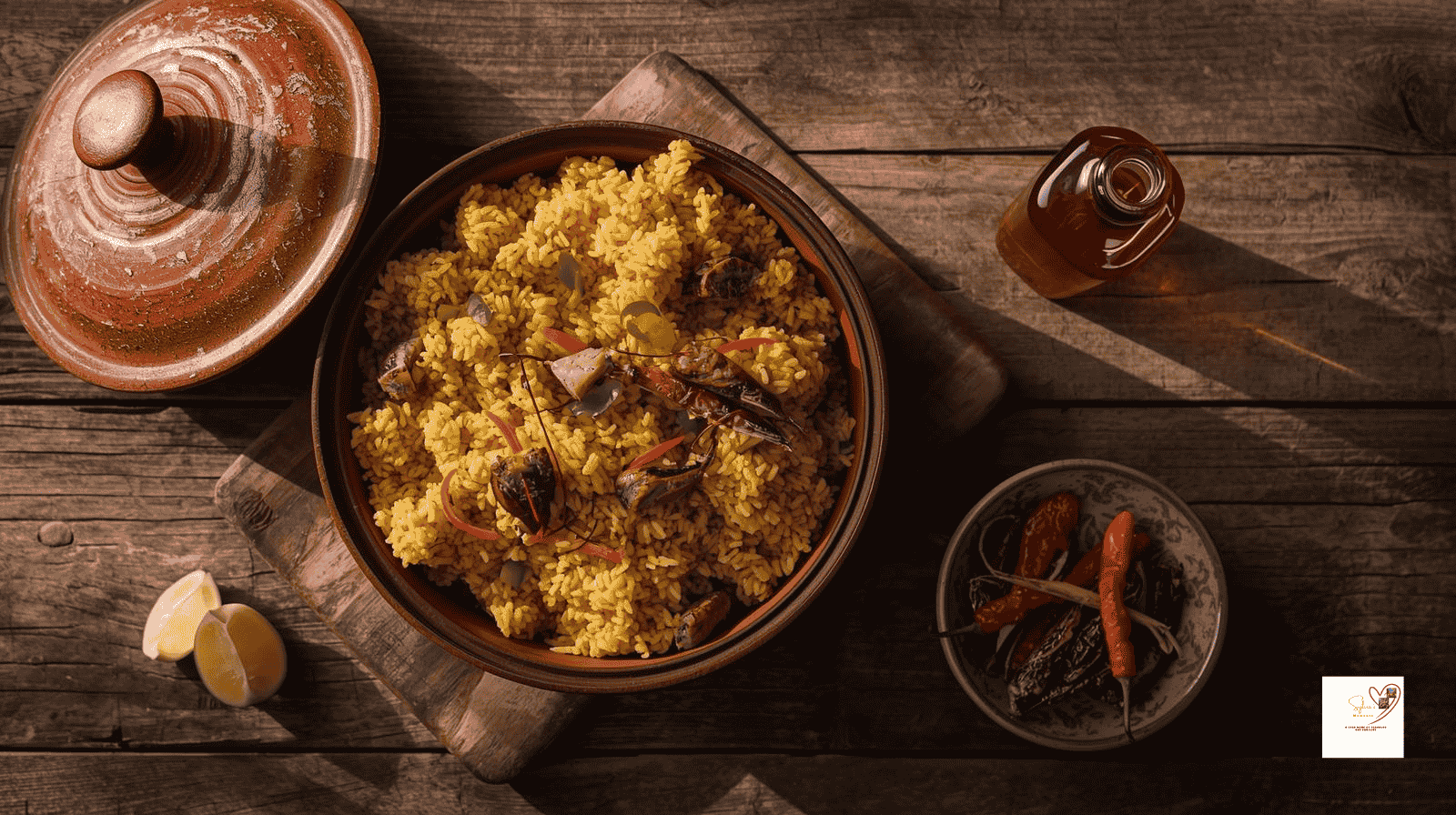
Children often call it “red rice.” Parents call it “life saver.” And truly, it is. One pot is enough to gather people around the table, laughing, talking, and forgetting the stress of the day.
Ofada Rice and Ayamase Sauce (Traditional Yoruba Occasion Dish)
Ofada rice and Ayamase sauce carry Yoruba pride, and together they speak boldly of heritage. The rice tastes earthy and firm, while the sauce arrives fiery, oily, and unforgettable. As they meet on one plate, they weave a story that is richer than words.
There is a Yoruba adage: “A ki jeun ki a ma ranti eni ti o se.” It means, “After eating, you must remember the cook.” And indeed, Ofada proves it. After one plate, you bless the hands that stirred it. After one bite, you honor the tradition behind it.
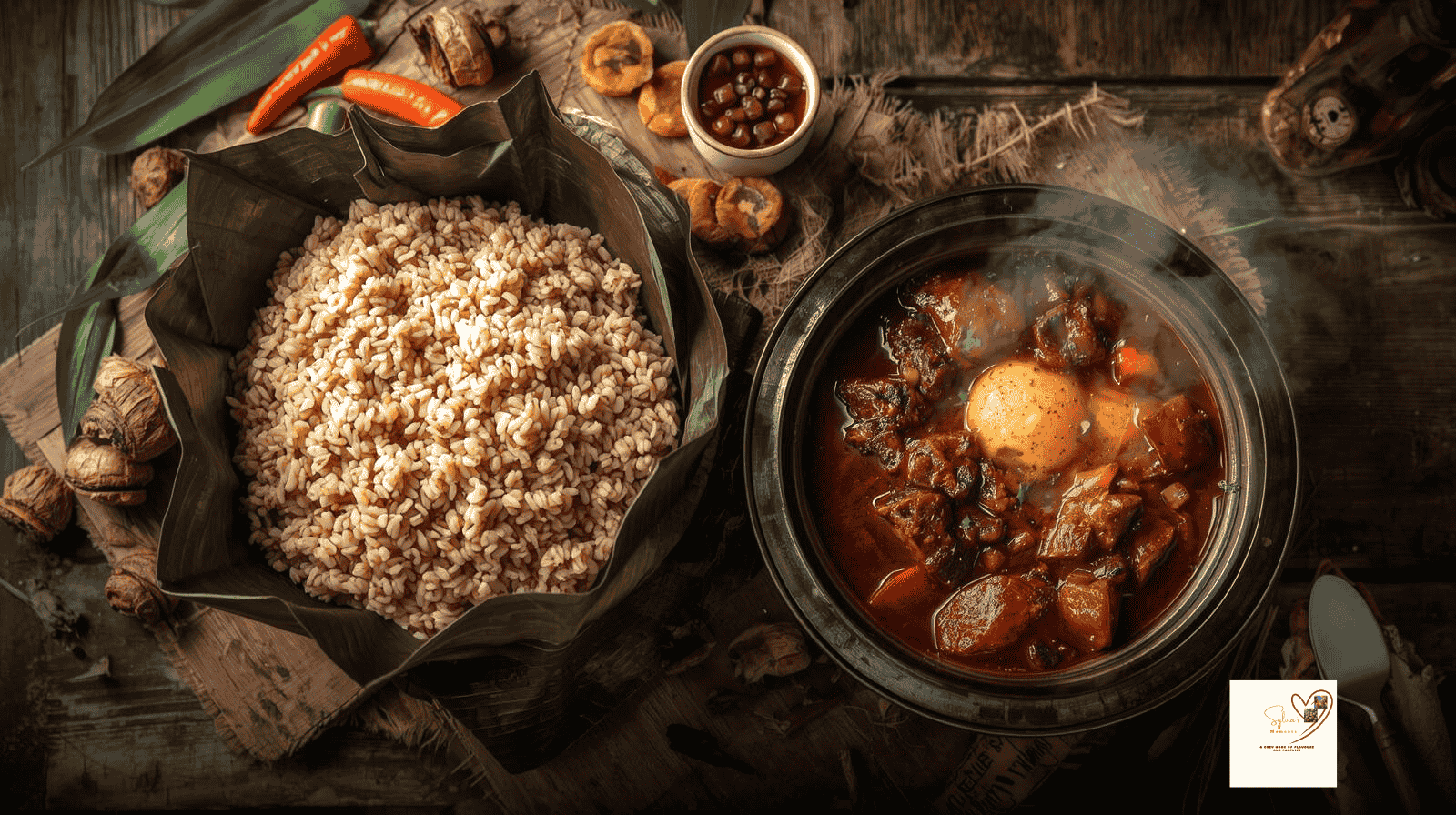
First, the rice cooks slowly, and its nutty aroma fills the room. Then, palm oil meets green pepper, and the pot begins to bubble with life. Soon, assorted meats join, and the Ayamase thickens into a smoky, spicy wonder. Finally, the leaf wrapping seals the deal:it holds the steam, locks in the flavor, and carries nostalgia straight to the soul.
At weddings, it shines brightly. At festivals, it commands respect. At birthdays, it steals the spotlight, and every guest knows Ofada is no ordinary meal.
Moreover, this dish unites people, for it sparks laughter, breaks silence, and strengthens bonds.
Truly, the adage stands firm: good food lives beyond the plate.
Nigeria White Rice and Its Stew Companions
White rice is one of Nigeria’s most loved meals. It is simple, filling, and easy to cook. However, what truly makes it special is not the rice itself but the stew that accompanies it.
Nigerians do not eat plain white rice without thinking of the sauce that completes the plate. In fact, different regions and families have their favorites, and each choice tells a story.
1. Ofe Akwu (Palm Nut Stew)
To begin with, ofe akwu is a classic from the Igbo people, and it pairs beautifully with white rice. It is made from palm nut extract, spices, and seasonings.
As a result, the taste is rich, earthy, and full of depth. With dried fish, goat meat, or stockfish inside, it becomes a royal dish. Moreover, in many homes, ofe akwu is a Sunday special, and its aroma fills the neighborhood.
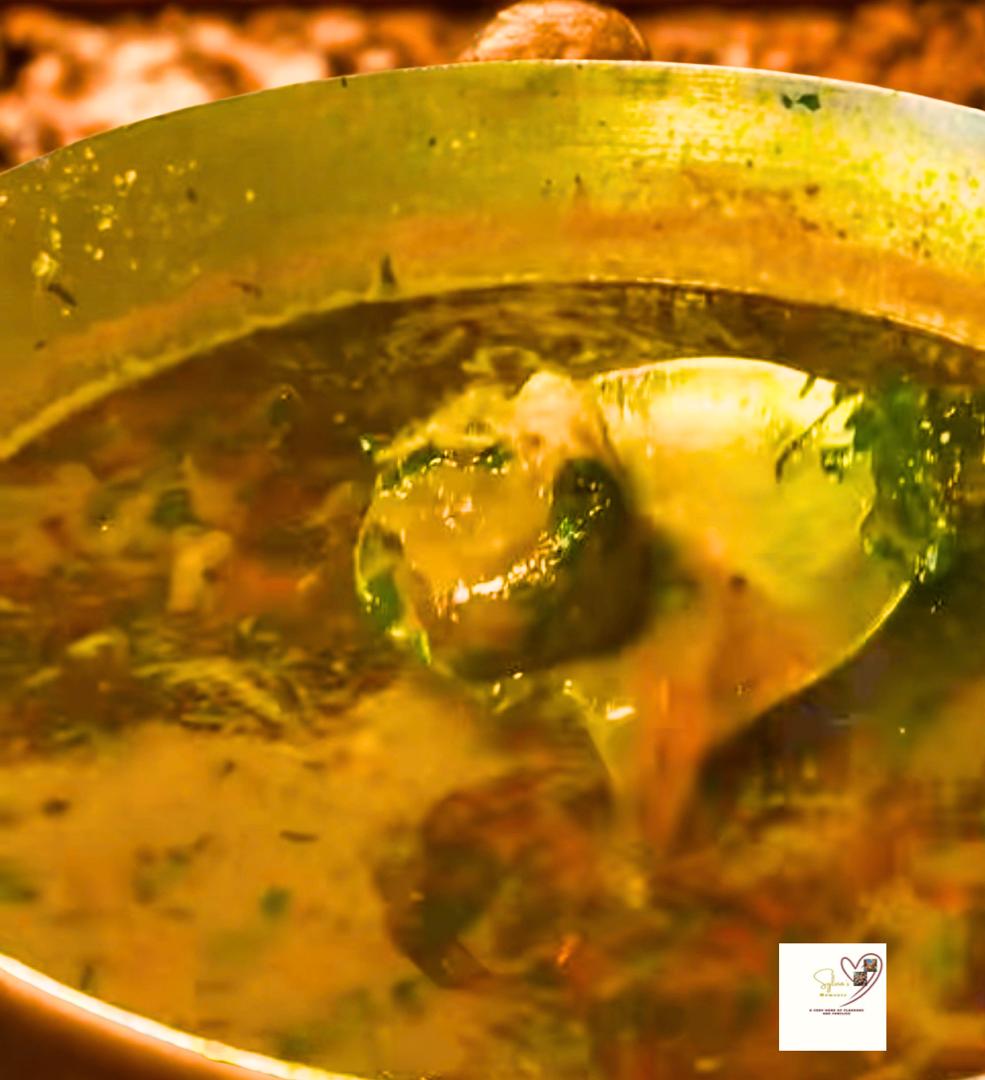
2. Chicken Curry Sauce
On the other hand, for a lighter and more modern touch, chicken curry sauce is a favorite. It is colorful with carrots, green peas, and bell peppers.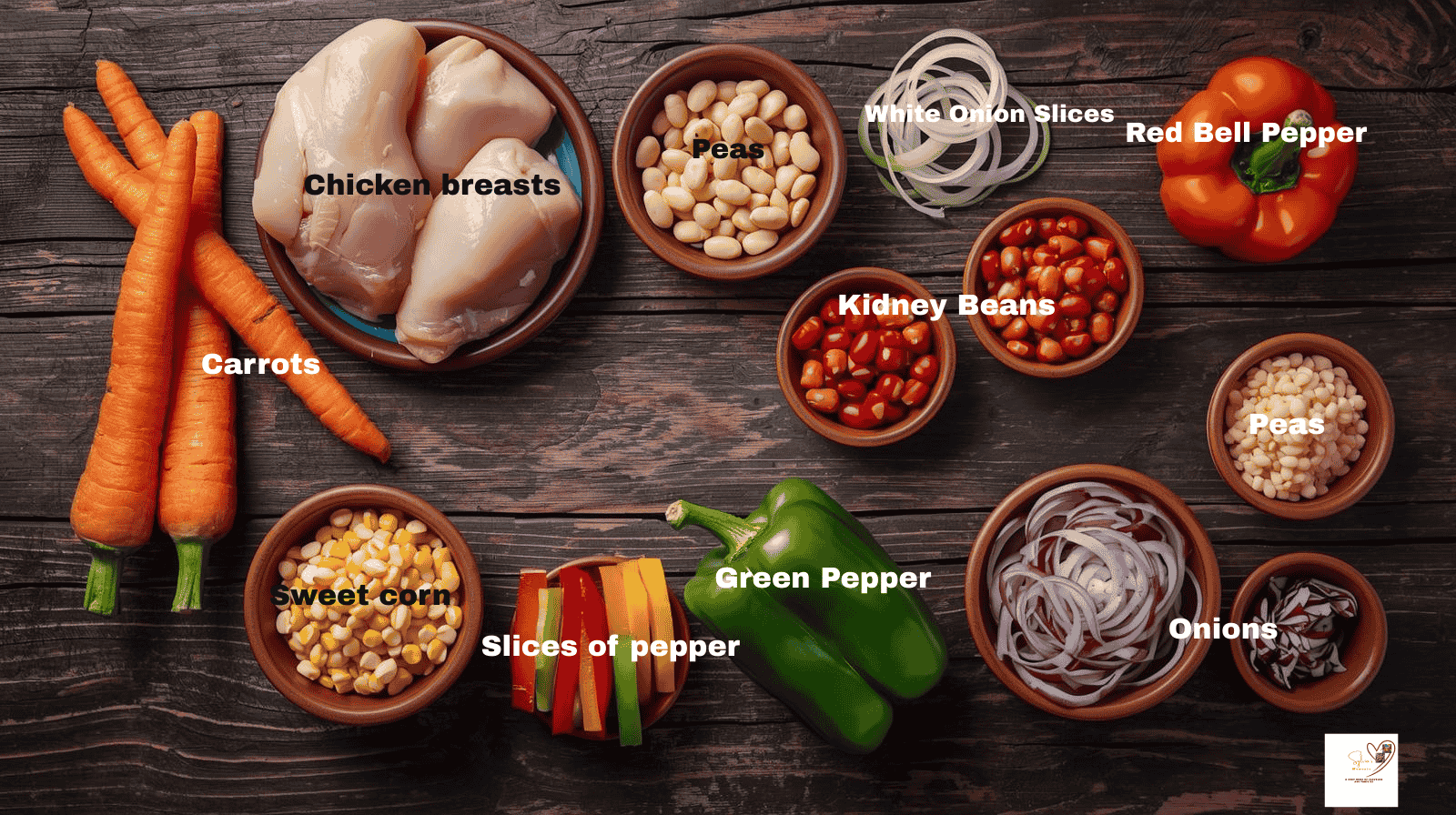
In addition, the sauce is slightly creamy, and the chicken makes it wholesome.
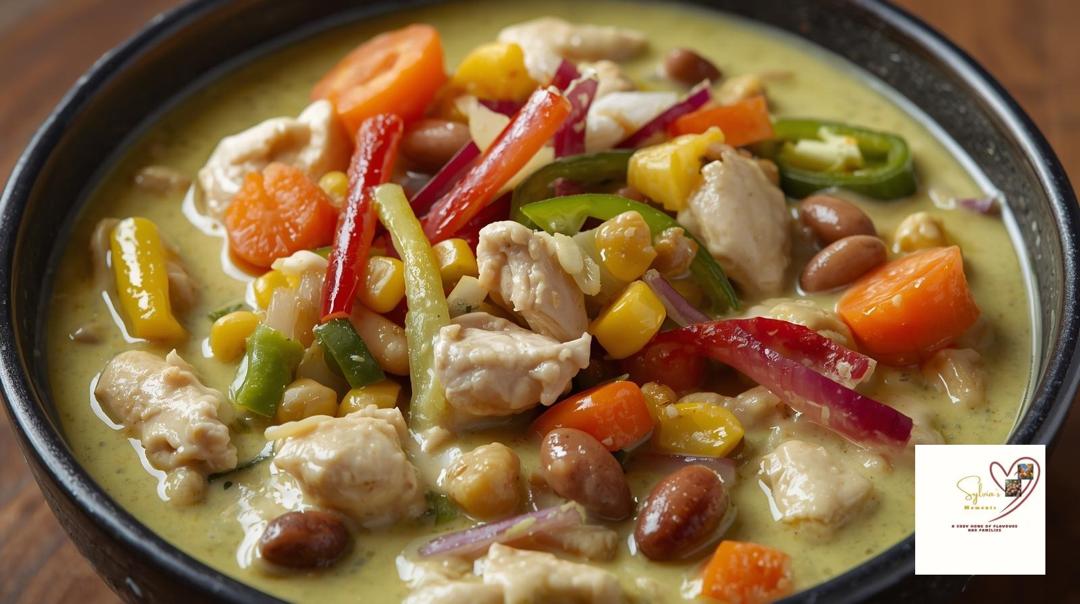
Nigerians often serve it at parties, and it adds variety to the usual stews. Therefore, the bright look and mild spice give white rice a refreshing twist.
3. Vegetable Stew
Furthermore, vegetable stew brings both health and taste to the table. It is made with spinach, ugu, or sometimes waterleaf. The stew is cooked with tomatoes, peppers, and onions, and proteins like fish or beef make it hearty.
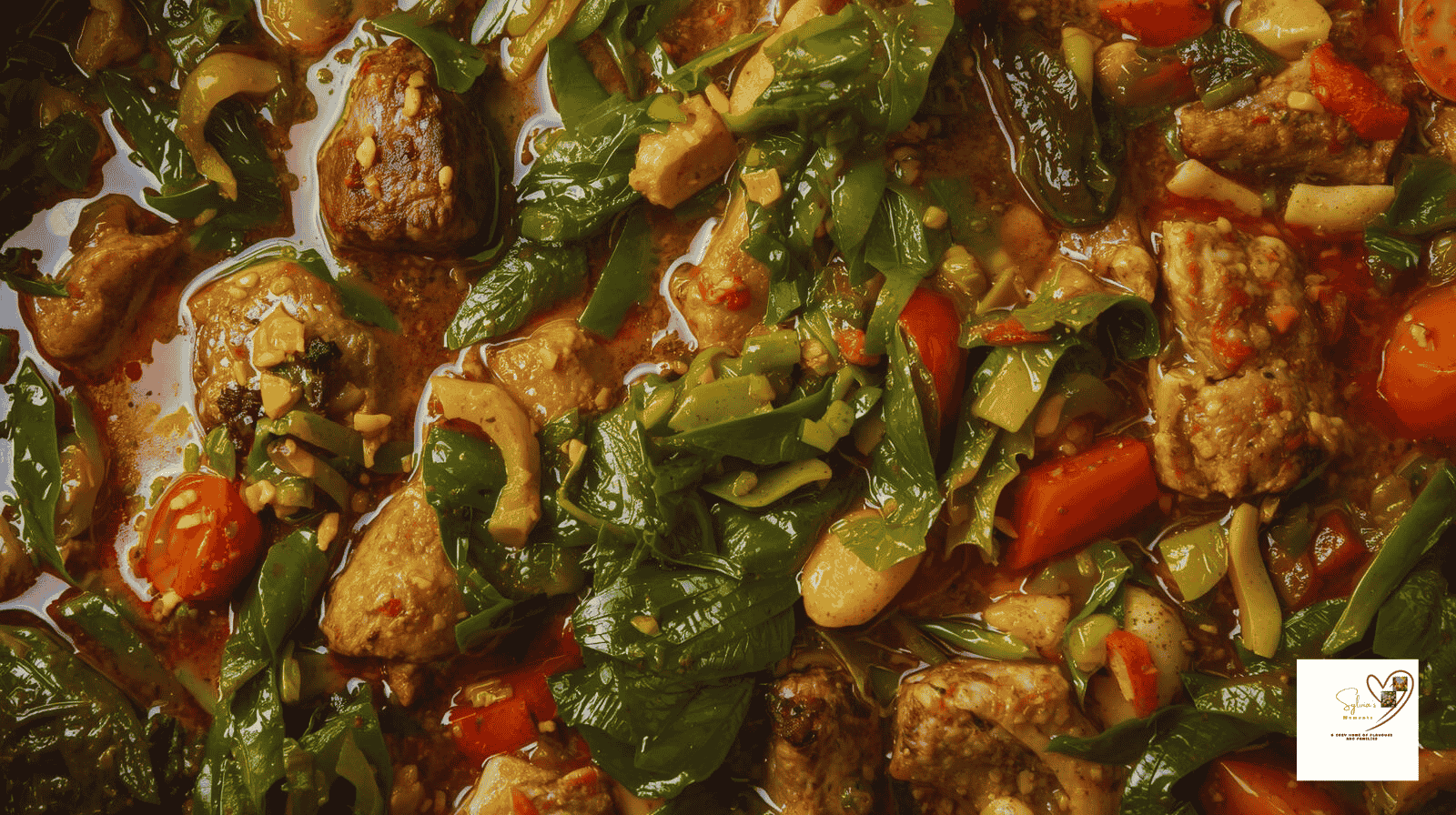
Consequently, families that want a balanced meal often choose this option. It is tasty, nutritious, and goes well with plain rice.
4. Tomato Stew with Different Proteins
In contrast, tomato stew is the most common partner for white rice in Nigeria. It is cooked with blended tomatoes, peppers, onions, and fried in vegetable oil or palm oil. There is also an Oil -less versions of tomato stew.
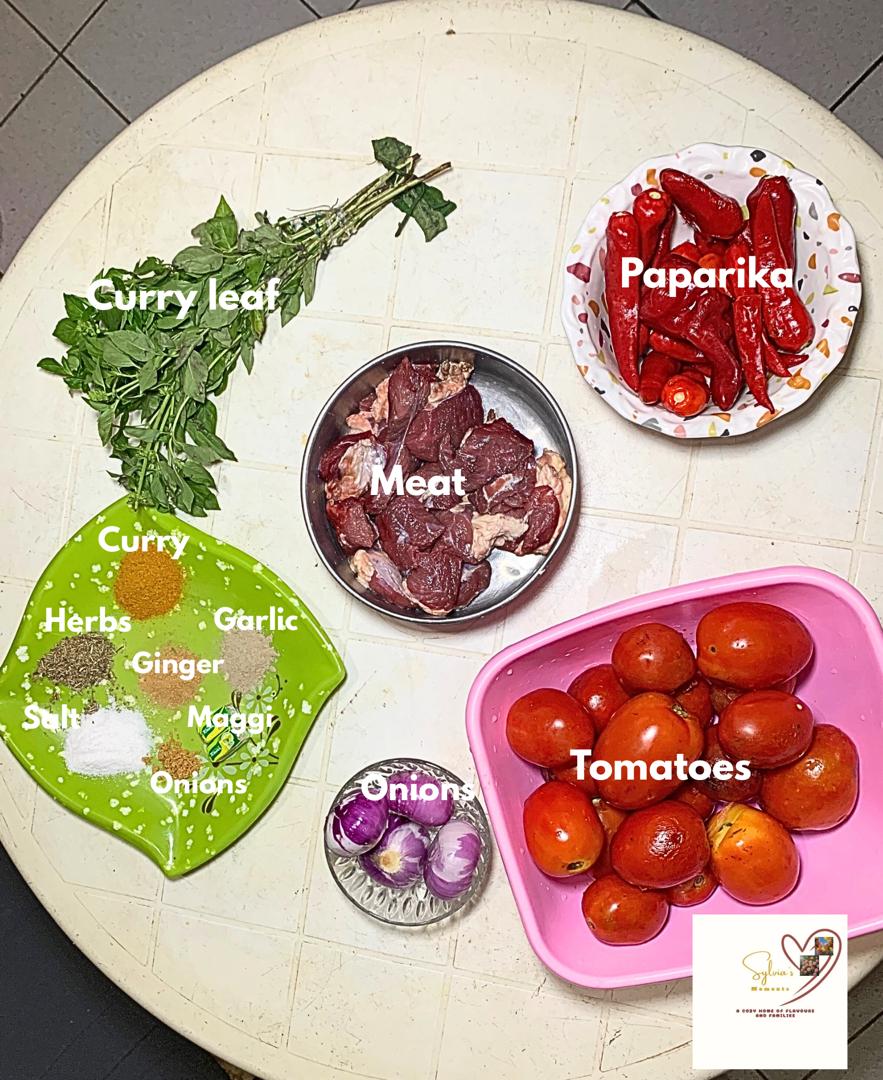
Some prefer it with fried fish, others with beef, goat meat, or even boiled eggs. The taste depends on the chosen protein, and each bite feels familiar yet different.
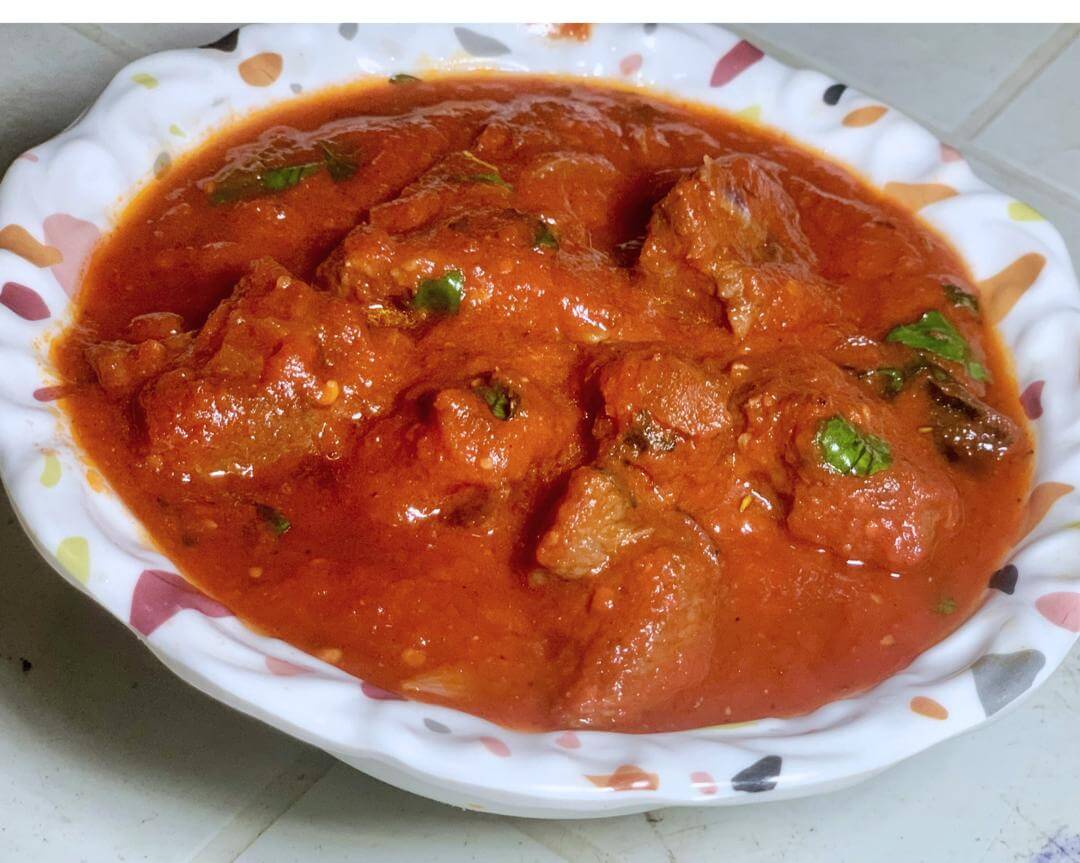
Because it is easy to prepare in bulk, tomato stew remains the everyday hero of rice dishes.
5. Egusi Stew (Rare Companion)
Finally, egusi, made from melon seeds, is not a usual choice for white rice. Nevertheless, some people enjoy it that way. The stew is thick, nutty, and full of flavor. It is normally eaten with swallow, but adventurous eaters sometimes pair it with rice. Though rare, the combination surprises many with how filling and delicious it can be.
Banga Rice (Delta Specialty)
Banga rice is not just food for a Deltan; it is identity on a plate. The rich palm fruit juice cooks into the rice, and every grain carries bold flavor. As the pot simmers, the aroma spreads, and suddenly the whole house feels alive.
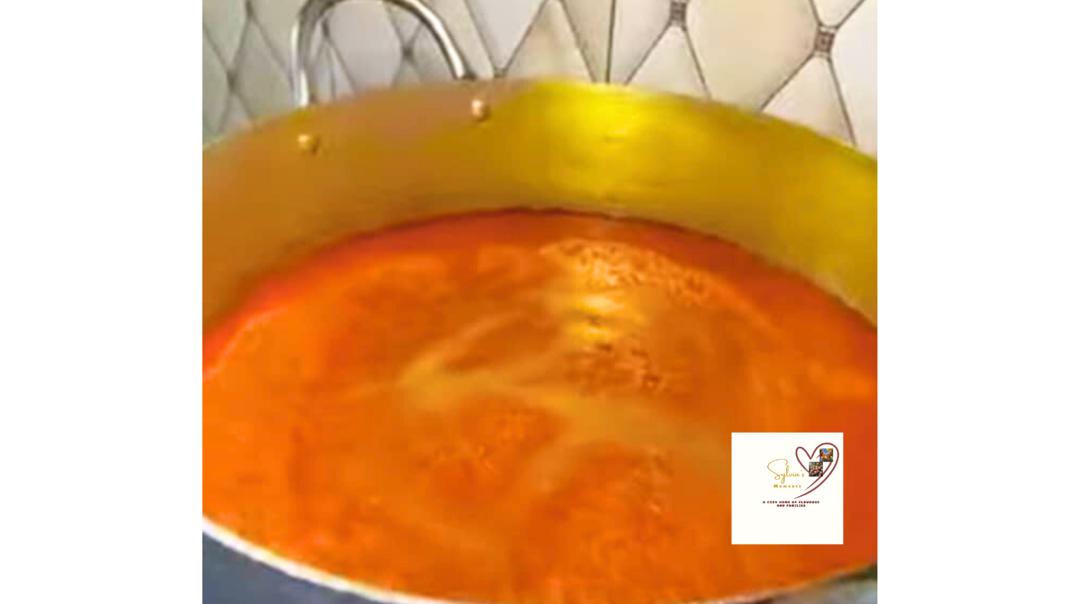
Now, unlike some various Nigerian rice recipes for different occasions, this is not ordinary rice. It is rice kissed by palm fruit, lifted by native spices, and made glorious by dried fish, prawns, or even meat if the mood allows. Moreover, the taste is smoky, earthy, and unforgettable. A spoonful does not just fill the stomach; it calls the heart back home.
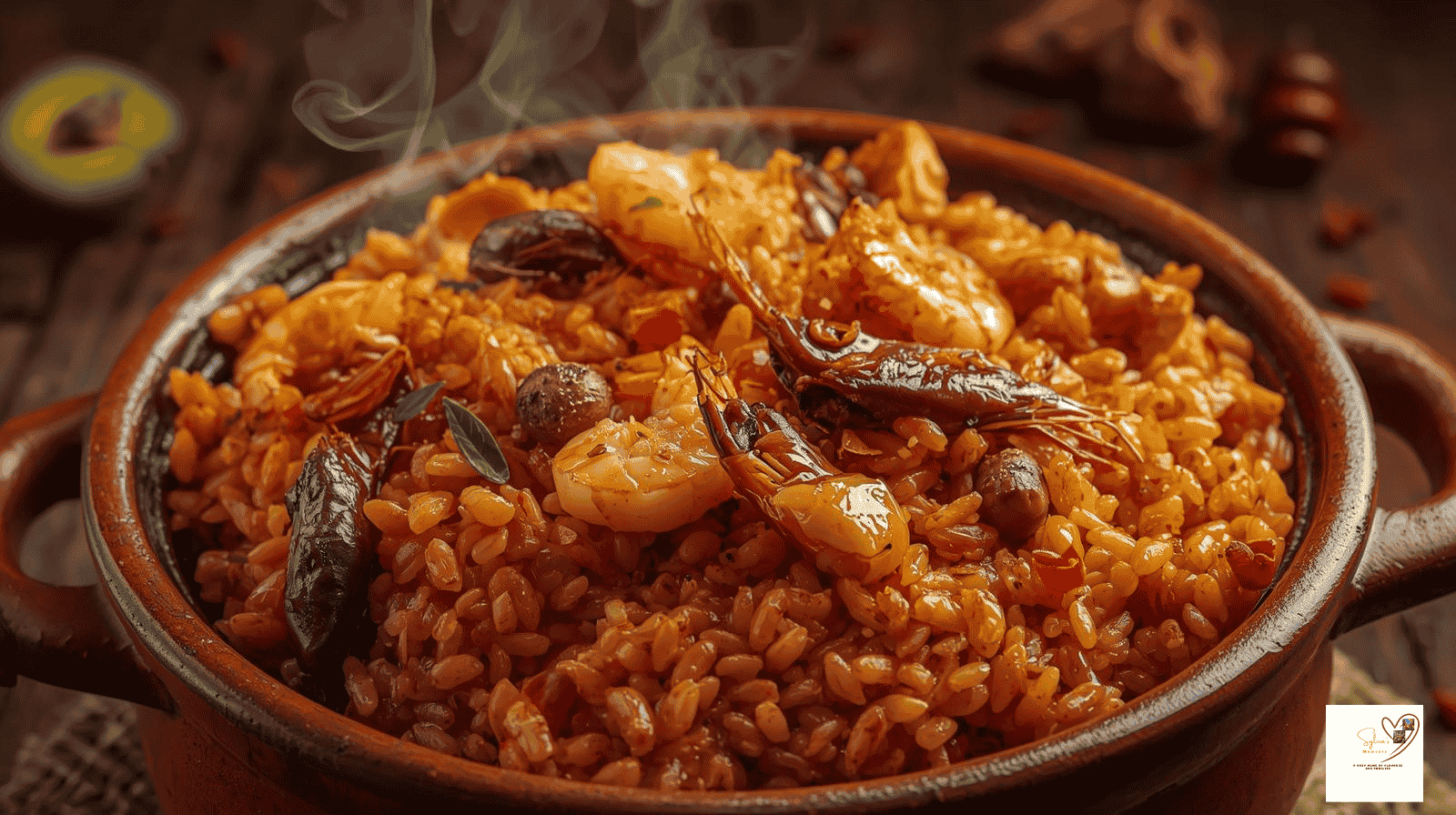
In Delta homes, Banga rice means family. Mothers stir with care, fathers sneak tastes, and children hover with wide eyes. And when it finally lands on the table, laughter fills the air. Everyone digs in, because no one can resist it.
At parties, Banga rice speaks louder than the music. It sits proudly, steaming, and guests know they have met a true delicacy. Even outsiders take a spoon and nod with respect.
Tuwo Shinkafa(The Northern Favorite)
Tuwo Shinkafa stands tall as one of the most cherished dishes in Hausa culture. It is made from soft rice cooked until it blends into a smooth, moldable swallow. Unlike ordinary rice meals, Tuwo Shinkafa carries a sense of tradition and pride. Families prepare it daily, and it often graces special gatherings as well.
To begin with, Tuwo Shinkafa shines because of its versatility just like other various Nigerian rice recipes for different occasions . You can pair it with rich northern soups like Miyan Kuka, Miyan Taushe, or even Miyan Karkashi. Each pairing brings out a new depth of flavor, and the tuwo itself absorbs the taste of the soup. As a result, the meal satisfies hunger while leaving a lasting impression.
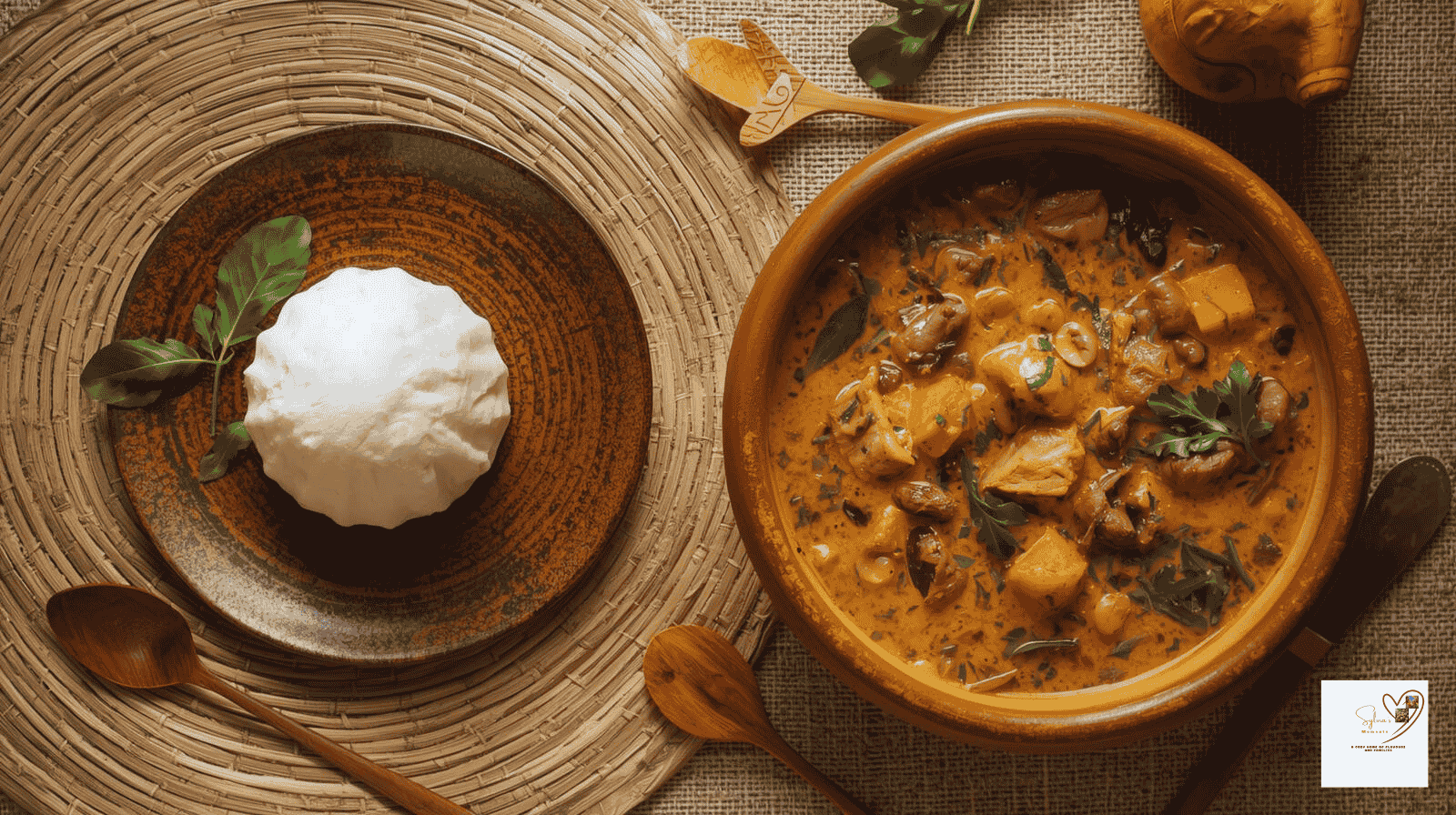
Moreover, the dish connects generations. Grandmothers pass the cooking skill to mothers, and mothers teach their children with care. This transfer of knowledge keeps the heritage alive. At weddings or naming ceremonies, Tuwo Shinkafa appears proudly on the menu, symbolizing warmth and hospitality.
In addition, the dish reflects Hausa values of simplicity and strength. It requires no complicated process, yet it delivers nourishment and comfort. Finally, Tuwo Shinkafa is more than food; it is identity on a plate. Whenever it is served, Hausa people feel at home.
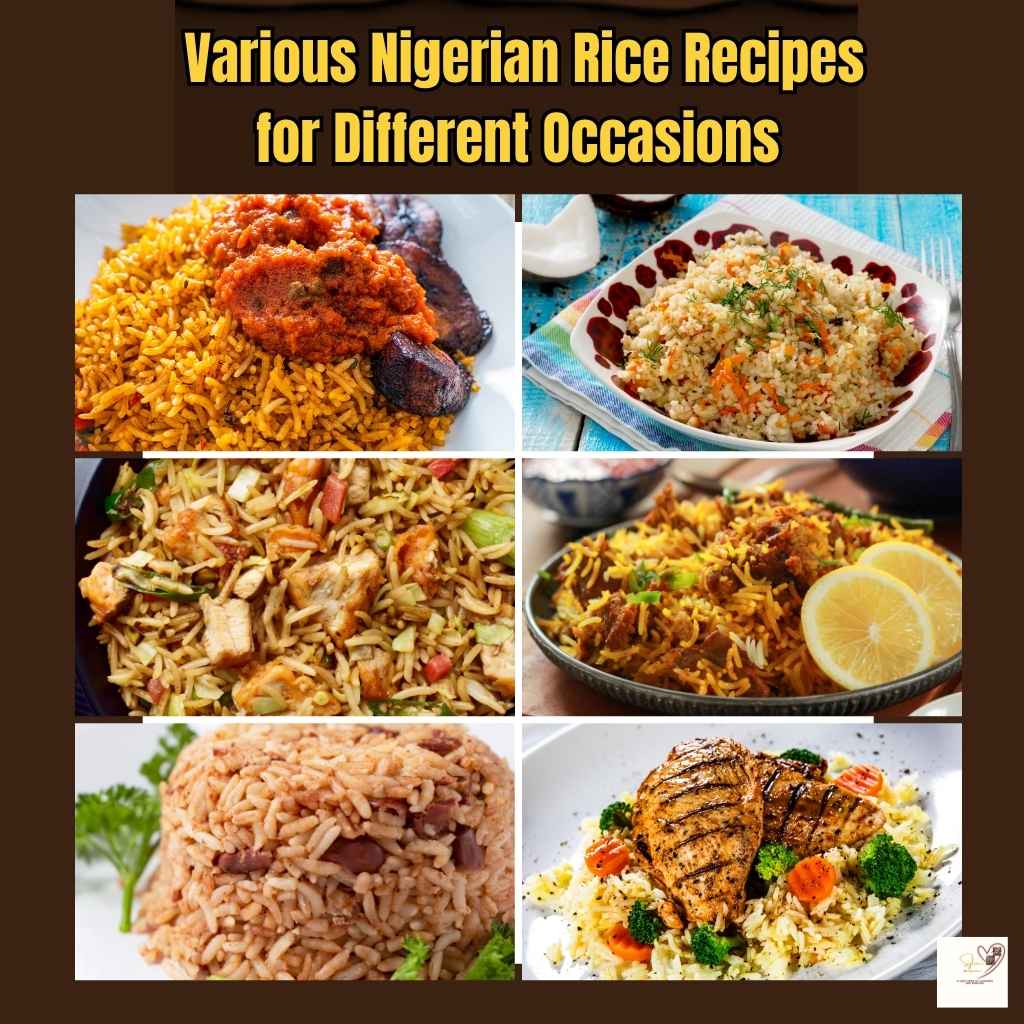


Yummy!